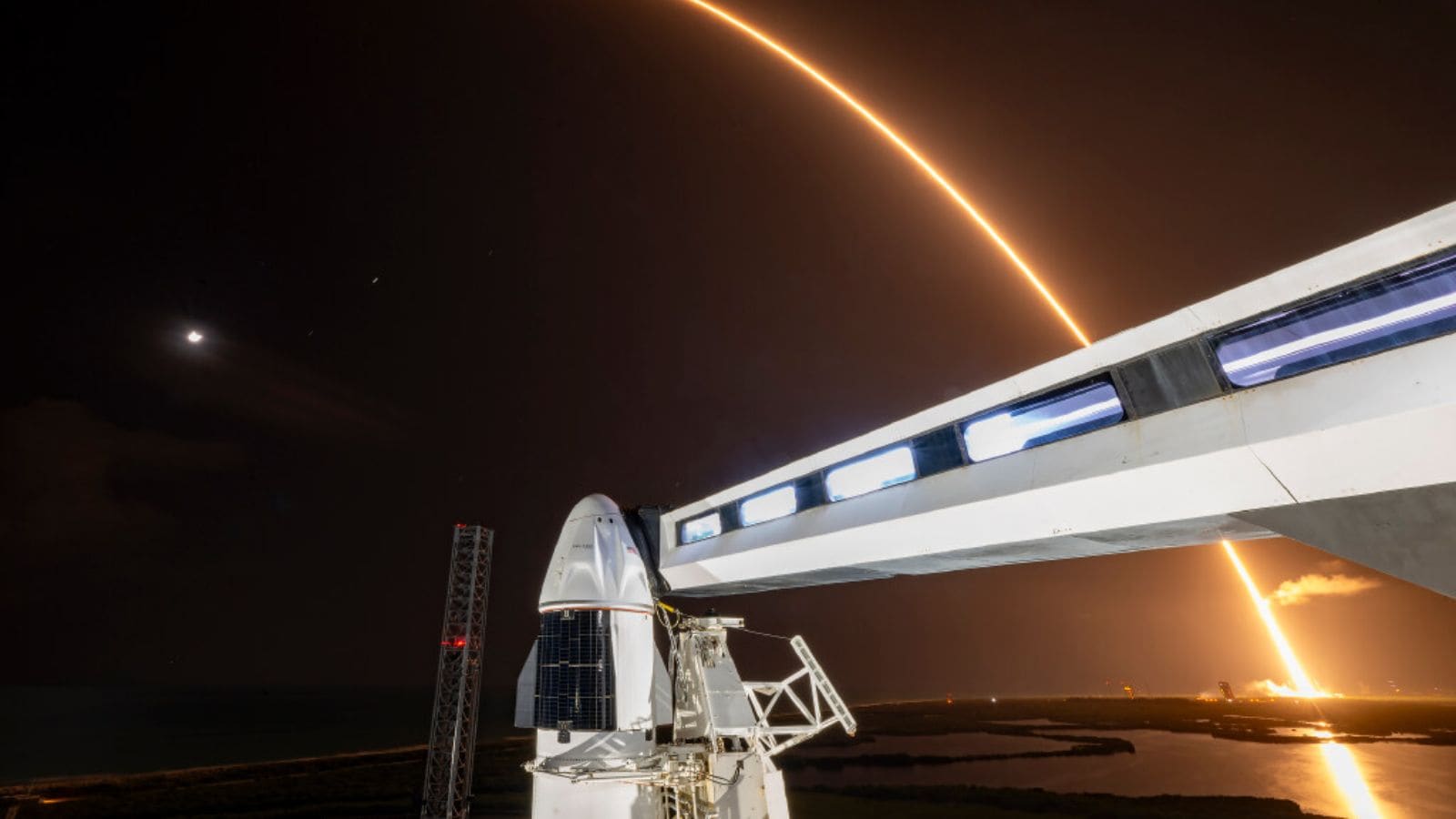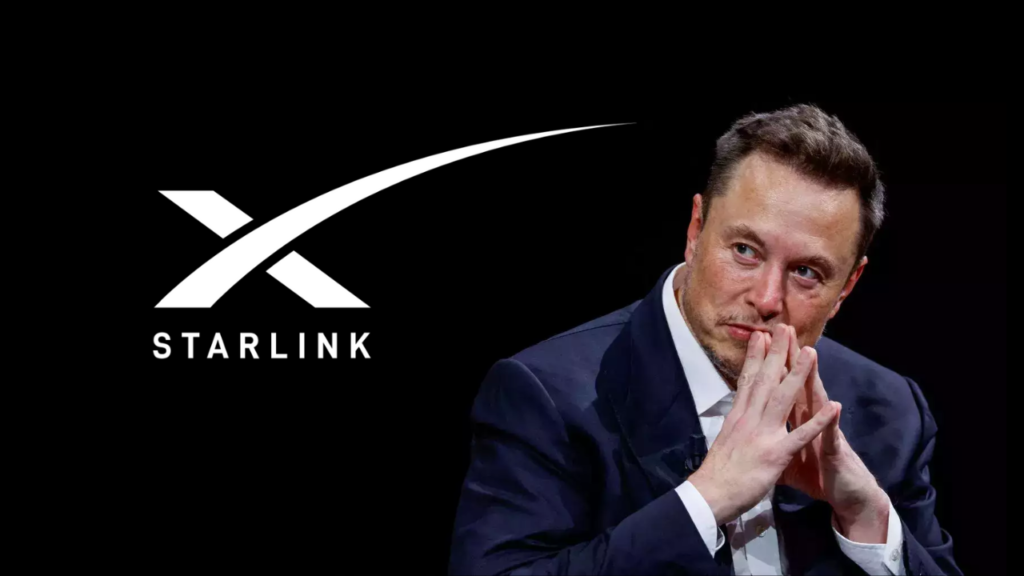Elon Musk’s satellite internet company Starlink has officially begun mandatory security trials in India, a major step toward its much-anticipated commercial debut in the country. The trials, one of the final hurdles before rollout, signal that Starlink could launch its broadband services in India by mid-2026, provided it clears all security and regulatory checks on time.
Infrastructure Expansion: Starlink Builds Its Indian Backbone
Starlink is laying the groundwork for a nationwide satellite internet network. The company plans to establish 9–10 gateway earth stations across India to connect its low-Earth orbit (LEO) satellites with India’s terrestrial internet grid.
According to senior officials, Mumbai will serve as Starlink’s main operational hub, with three ground stations already completed. Additional stations are being developed in Noida, Chandigarh, Kolkata, and Lucknow.
This rapid buildout places Starlink ahead of rivals like Bharti Airtel-backed Eutelsat OneWeb and Reliance Jio Satellite, both of which are still in earlier phases of infrastructure deployment.
Connecting the Unconnected: Starlink’s Rural-Focused Vision
Unlike its competitors that primarily target corporate and government clients, Starlink’s India strategy focuses on the consumer market—especially rural and remote regions where internet connectivity remains limited.
By delivering affordable, high-speed satellite broadband directly to households, Starlink aims to bridge India’s digital divide, aligning with the Digital India mission.
Industry experts note that if successful, Starlink could revolutionize rural education, healthcare access, and e-commerce by bringing seamless connectivity to regions beyond the reach of fiber or mobile networks.

Why Security Trials Are Critical
India’s telecom authorities have introduced strict security protocols for foreign satellite operators following earlier concerns about unregistered Starlink devices near border zones.
Under these rules:
●All data from security tests must be stored within India to comply with data localization norms.
●Gateway earth stations must initially be managed by Indian nationals until foreign engineers receive formal clearances.
These regulations ensure that India’s national security interests and data sovereignty remain fully protected as global telecom players expand operations.
Regulatory Path Ahead
Starlink has already secured provisional spectrum allocation and other key government permissions earlier this year. The company now awaits the Telecom Regulatory Authority of India (TRAI) to release the final pricing and licensing framework for satellite-based communication services.
If TRAI issues its guidelines by late 2025, analysts expect Starlink to begin commercial operations in early to mid-2026, ushering in a new era of satellite-powered connectivity.
A New Frontier for India’s Internet Revolution
Starlink’s potential entry marks a transformative shift for India’s digital infrastructure, promising to extend reliable, high-speed internet to even the most inaccessible corners of the nation.
However, the road ahead is challenging—regulatory compliance, security scrutiny, and integration with domestic telecom systems will determine how quickly Starlink can deliver on its ambitious goals.
Still, experts agree: if Elon Musk’s Starlink succeeds, 2026 could redefine India’s connectivity map, placing the country firmly on the global stage of next-generation satellite internet innovation.


